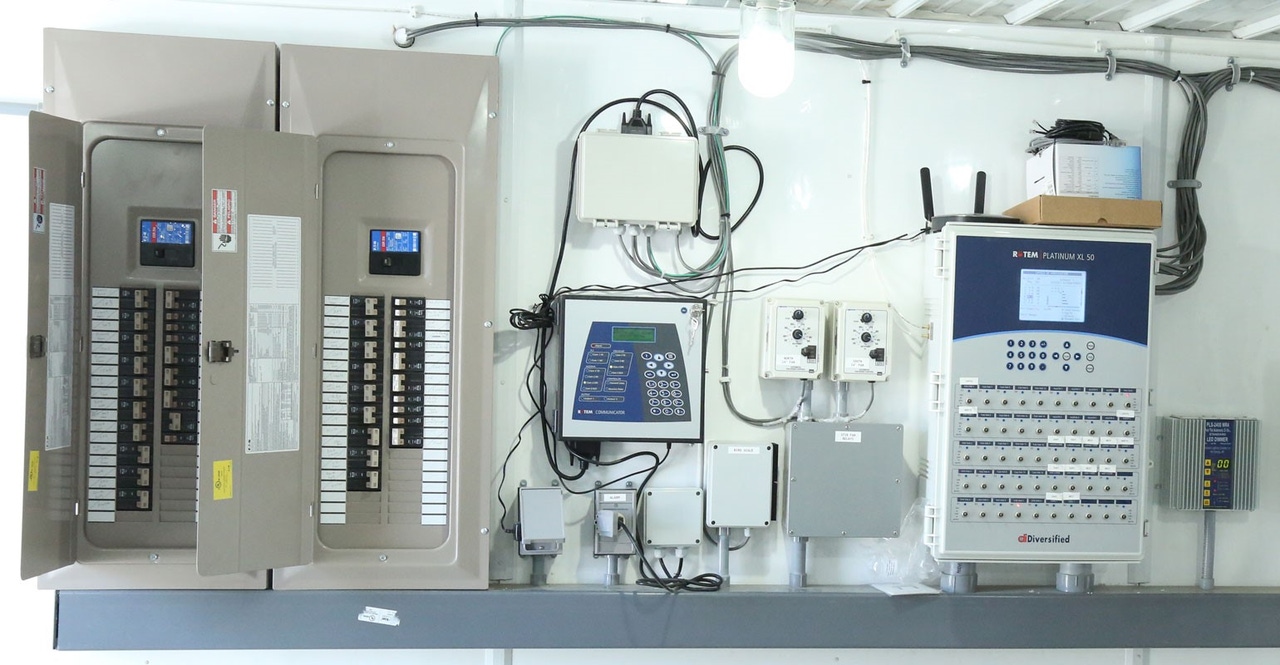Improve functionality with innovative mechanical system optimisation support.
Wiki Article
Leading Tips for Effective Electrical System Troubleshooting
Fixing electric systems requires a methodical technique, grounded in a comprehensive understanding of electric concepts and safety and security protocols. By familiarizing oneself with circuit parts, making use of important tools, and adhering to a structured examination approach, experts can successfully determine and fix issues. Nonetheless, the nuances of effective troubleshooting expand beyond plain technological understanding; understanding just how to document findings and focus on safety can significantly affect results. As we explore these essential aspects additionally, it comes to be clear that mastering this procedure is not simply helpful but important for success in the area.Understand the Basics
Recognizing the fundamentals of electric systems is essential for efficient troubleshooting, as a strong foundation enables service technicians to diagnose and fix issues more successfully. A detailed grasp of electric concepts, such as voltage, current, resistance, and power, is crucial in determining the origin of troubles. Voltage is the electrical possible distinction that drives existing through a circuit, while resistance opposes the circulation of current, impacting the overall functionality of the system.Experience with circuit parts, consisting of resistors, capacitors, diodes, and switches, is additionally paramount. Each element plays a distinctive function in circuit habits and can influence performance when malfunctioning. Additionally, understanding series and identical circuit configurations is vital, as these plans influence the circulation of voltage and present within the system.
Moreover, understanding of security protocols is indispensable. Professionals have to be conscious of potential hazards, such as shock and brief circuits, to carry out risk-free troubleshooting methods. By grasping these foundational principles, service technicians boost their capacity to carry out effective diagnostics and repair services, inevitably bring about boosted efficiency and reliability of electrical systems. This fundamental expertise is the cornerstone of effective fixing undertakings.
Gather Necessary Equipment
Efficient troubleshooting of electric systems needs the appropriate collection of tools to detect and solve problems properly. A well-appointed professional can dramatically improve efficiency and effectiveness in recognizing troubles. Important devices include a multimeter, which gauges voltage, current, and resistance, permitting for precise analyses of electrical parts. Clamp meters are likewise valuable for determining present without separating the circuit, ensuring security and ease.In addition, protected hand devices such as screwdrivers, pliers, and cable strippers are vital for safely adjusting electrical links. It is additionally advisable to have a circuit tester handy to confirm the visibility of voltage in outlets and cords. For even more complicated systems, a thermal imaging electronic camera can assist find overheating components, showing prospective failures.

Adhere To an Organized Strategy
Having actually gathered the proper devices, the next step in fixing electrical systems is to follow a methodical approach. A systematic approach makes sure that professionals can recognize faults efficiently and accurately, reducing downtime and preventing unnecessary fixings.Begin by reviewing the system's schematic layouts and specifications. Recognizing the style and operational parameters will offer context for identifying problems. Next off, separate the issue area by making use of a procedure of elimination. This includes checking each component systematically, starting from the power resource and functioning towards the tons.
Utilize testing equipment, such as multimeters and oscilloscopes, to collect unbiased information about voltage, existing, and resistance at various factors within the system. This empirical evidence will certainly guide your troubleshooting efforts and aid to validate or get rid of prospective sources of failure.
Furthermore, take into consideration environmental variables that might affect the system's efficiency, such as temperature changes or wetness access. A comprehensive examination of electrical wiring, links, and elements will guarantee that all opportunities are represented.
Document Your Findings
Extensive documents is necessary in the troubleshooting process of electrical systems. Precise records improve the effectiveness of identifying reoccuring concerns and facilitate communication amongst employee. Each finding must be thoroughly noted, consisting of signs observed, tests performed, and the results of those examinations. electrical system troubleshooting. This practice not just help in comprehending the origin of the problem but also functions as a referral for future repairing initiatives.Furthermore, maintaining a log of parts replaced or fixings carried out is invaluable. This info supports stock monitoring and can assist examine the long life and dependability of certain elements.
Eventually, the documentation procedure ought to be thorough yet concise, enabling easy retrieval and testimonial - electrical system troubleshooting. By prioritizing comprehensive paperwork, professionals can create a valuable expertise base that not just aids in current troubleshooting however additionally equips future upkeep initiatives, thus boosting total system integrity

Prioritize Precaution
Identifying the integral dangers connected with electric systems is crucial for ensuring safety and security throughout troubleshooting. Electrical shock, burns, and tools damage are simply a few of the possible dangers that service technicians face. Prioritizing safety and security procedures is not only a lawful commitment yet also an ethical vital that safeguards both the technician and the mechanical engineering industry support surrounding atmosphere.Before starting any type of troubleshooting task, professionals should put on suitable individual protective devices (PPE), consisting of shielded gloves, shatterproof glass, and flame-resistant clothes. Making sure that the workplace is dry and without mess can considerably minimize the threat of crashes. It is necessary to de-energize circuits before starting any kind of work, verifying that they are not live via the use of a multimeter or voltage tester.
Establishing clear interaction methods with staff member is likewise crucial; this guarantees that every person knows possible threats and the standing of the electrical system being serviced. Lastly, having an emergency situation response plan in position can show indispensable in case of a case. By focusing on security steps, technicians can efficiently minimize risks and promote a safer workplace.
Conclusion
Efficient electric system repairing relies on a comprehensive understanding of basic concepts and a systematic technique. Prioritizing safety and security procedures guarantees the well-being of individuals involved and the stability of the electrical system.Report this wiki page